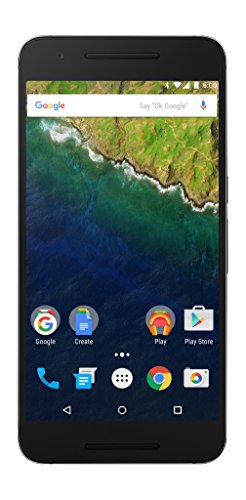Google was the first to launch the broadest range of USB Type-C products in the market with the Chromebook Pixel (2015), Pixel C Android tablet, and Nexus 5X & Nexus 6P Android phones.It's therefore not surprising that Google has come up with ways that the Chrome and Android operating systems can give users more control and visibility over their USB Type-C ports.
The most advanced so far is Google's Android 6.0 Marshmallow. As soon as you connect your Android device with USB Type-C device to another Android device, Chromebook, PC, or Mac, you will see a notification stating what the USB Type-C port is doing (usually Charging or Power supply). If you connect a Nexus 5X to a Nexus 6P with a USB Type-C to Type-C cable, one device will decide to provide power while the other device will decide to charge it's battery. If you switch to the Power supply option for one Android device that has been to set to Charging, the other Android device will also automatically switch from Power supply to Charging.
In addition to power charging direction, you can also set one Android device to be a USB MTP device for file sharing, USB PTP device to act as a camera for image downloading, or a USB MIDI device for MIDI input. The other Android device will automatically become a USB Host.
One quick and easy way to transfer files between the Nexus 5X, Nexus 6P, and Pixel C is to just connect them using USB Type-C and have the first device that you want to transfer photos from, set up as Photo transfer (PTP). The second Android device will then become a USB Host and see the first Android device as a camera. You can then use Android's built-in capabilities to easily transfer all your images from the first Android device acting as a camera to the second Android device.

The Chrome operating system on the Chromebook Pixel (2015) on the other hand doesn't allow you to select whether a USB Type-C port should be receiving charge or acting as a power supply to other USB Type-C devices. In the Chrome OS's Settings -> Manage power source, you can only select if you want the Chromebook to be powered by the battery or the USB Type-C devices connected the Chromebook's left or right USB Type-C port.
If the Chromebook is connected to a USB Type-C power adapter, it will intelligently switch to get powered only by the AC adapter.
The MacBook on the other hand doesn't current provide anyway to control or observe the USB Type-C power direction, perhaps in keeping with Apple's philosophy of creating a good plug and play user experience where the user doesn't have to care about managing all the technical details.
It's the same thing with Windows where on the Dell XPS 15 9550 where there is no way to direct or monitor power direction other than seeing if your laptop battery is being charged.
If you connect the Dell XPS to the Microsoft Lumia 950 using a USB Type-C to USB Type-C cable, it will just show your Lumia phone as charging and you can immediately use Windows 10 File Explorer to easily move documents between the laptop and the Lumia.
Even Windows on the Microsoft Lumia 950 itself doesn't provide any information and control other than saying that the phone is charging. The Lumia also can't be forced to enumerate as different USB device classes in the same way Android phones can.
The world of USB Type-C is still rather new and operating systems are still catching up on how best to support. Google has taken the first stab in showing what a good user experience will be like with USB Type-C and expect other operating systems to add their own ways to better support USB Type-C in the future.
 GTrusted
GTrusted





























